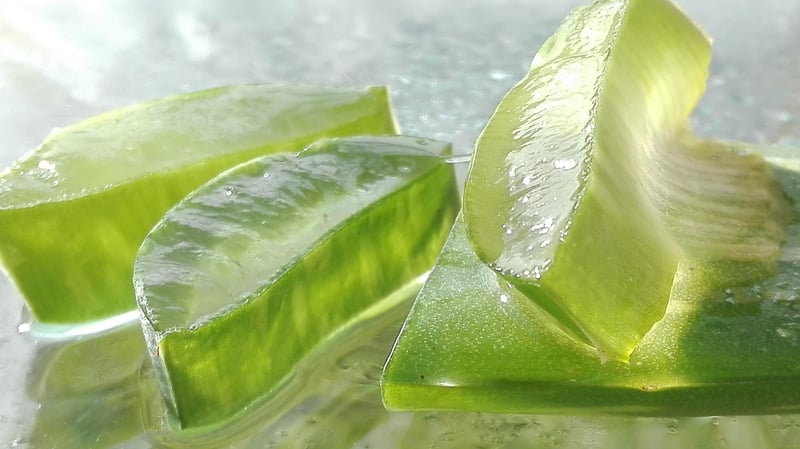Air-purifying options
Choosing the Right Plants for Air Purification
Indoor plants not only add a touch of nature to your living space but can also help improve the air quality in your home. When selecting plants for air purification, it's essential to consider their ability to filter out harmful toxins and volatile organic compounds (VOCs) present in indoor air. Here are some top air-purifying plants to consider:
1. Peace Lily (Spathiphyllum)

The Peace Lily is known for its elegant white flowers and its ability to remove toxins like formaldehyde, benzene, and trichloroethylene from the air. It thrives in low light conditions, making it perfect for indoor spaces with limited sunlight.
2. Snake Plant (Sansevieria trifasciata)

The Snake Plant is a hardy plant that is excellent at filtering out formaldehyde, xylene, toluene, and benzene. It is low-maintenance and can survive in low light and irregular watering conditions, making it ideal for beginners.
3. Spider Plant (Chlorophytum comosum)

The Spider Plant is known for its air-purifying qualities, particularly in removing carbon monoxide and other toxins. It is easy to care for and produces small "spiderettes" that can be propagated to grow more plants.
4. Aloe Vera (Aloe barbadensis miller)

Aloe Vera not only has soothing properties for the skin but also helps in removing formaldehyde and benzene from the air. It requires bright, indirect sunlight and minimal watering, making it a versatile indoor plant.
5. Boston Fern (Nephrolepis exaltata)

The Boston Fern is an excellent air purifier, known for its ability to remove pollutants like formaldehyde and xylene. It thrives in high humidity and indirect light, making it a great choice for bathrooms or kitchens.
Adding these air-purifying plants to your indoor spaces not only enhances the aesthetic appeal but also promotes a healthier environment for you and your family. Remember to provide proper care and maintenance to ensure they continue to purify the air effectively.
For more information on air-purifying plants and their benefits, you can visit Nature.com.
